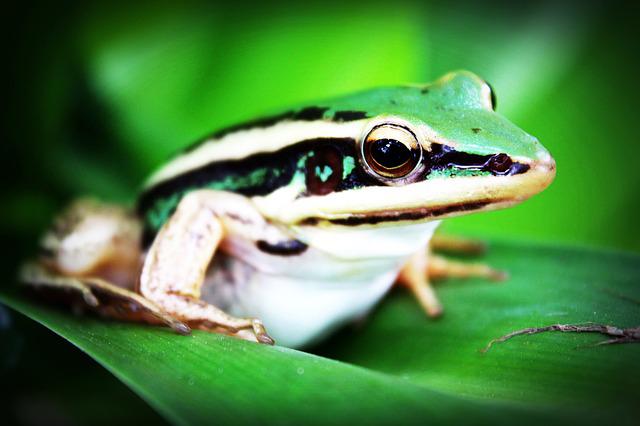Many people are surprised to learn that there are different ways that white tree frogs can die. While some causes of death, such as predation and disease, are fairly common, others, like being hit by a car or caught in a house fire, are less so. Understanding the different ways that white tree frogs die is important for helping to keep these animals safe.
Introduction:
As anyone who has ever kept a pet frog knows, these creatures are delicate and can die easily if they are not well cared for. One of the most common ways that white tree frogs die is from dehydration. These frogs come from tropical climates and need a constant source of water to stay hydrated.
If their skin dries out, they will quickly die. Another way that white tree frogs can die is from stress.
Frogs are very sensitive to changes in their environment and can die if they are stressed by loud noises, changes in temperature, or even new furniture in their tank.
Finally, white tree frogs can also die from diseases or parasites. Although these frogs are generally healthy, they can sometimes be infected with illnesses that are deadly.
Dehydration:
Frogs are susceptible to dehydration for a number of reasons. First, they have moist skin, which makes it easy for them to lose water.
Second, they rely on their environment to regulate their body temperature, so they are at risk of becoming dehydrated in warm or dry conditions.
Finally, many species of frogs live in wetland habitats that are shrinking due to human development.
As a result, these frogs are often forced to venture into dry areas where they are more likely to experience dehydration. White tree frogs are particularly vulnerable to dehydration because they lack the ability to produce enough natural moisture to keep their skin moist.
Frog owners can help prevent dehydration by providing their frogs with a humid environment and access to clean water.
Most common causes of death:
One of the most common causes of death for white tree frogs is predation. Due to their small size, they are easy targets for a wide variety of predators, including snakes, birds, and mammals.
The disease is also a major threat to these frogs, as they are susceptible to a number of viral and bacterial infections.
Finally, starvation is a common cause of death during periods of drought, when food is scarce.
While all of these factors can contribute to the death of a white tree frog, the most common cause of death is predation. By understanding the main risks to these frogs, we can help to protect them and ensure their continued survival.
Less common causes of death:
As anyone who has ever kept a pet frog knows, these creatures are delicate and require specialized care. However, even with the best of care, accidents can happen.
One of the less common causes of death for white tree frogs is being hit by a car. These frogs are often attracted to the puddles of water that accumulate on roadsides, and they may not be able to get out of the way at a time when a car comes along.
Another relatively uncommon cause of death is being caught in a house fire. Although tree frogs are good climbers, they sometimes fall into fires that have been left unattended.
In addition, these frogs are very sensitive to changes in temperature, and they can easily be overcome by smoke inhalation.
Conclusion:
As we have seen, white tree frogs are very sensitive to changes in temperature and humidity. As a result, they are at risk of dying during periods of extreme weather. By understanding the conditions that are harmful to them, we can help to protect them from becoming endangered. In addition, by monitoring the populations of white tree frogs, we can help to identify areas that may be at risk of climate change. In this way, we can ensure that these beautiful creatures continue to thrive for many years to come.




